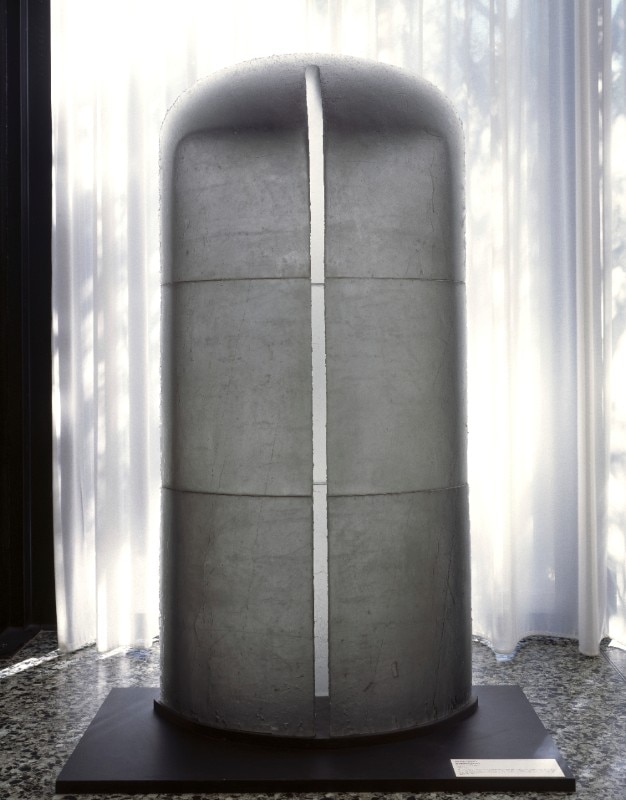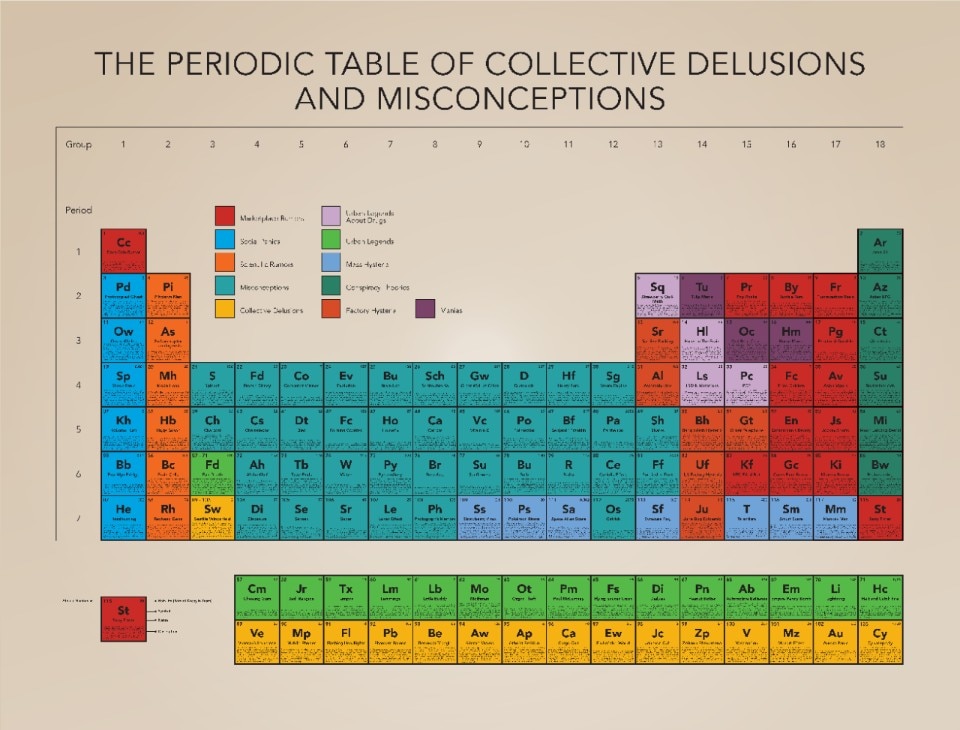“In the inkstone of the mountain temple, the first ice is early.”
Yosa Buson
The brevity of this Japanese haiku poem isolates the “thingin-itself” of experience and perception, of material and detail. Buson fuses ink, stone, ice and the isolated remoteness of a mountain temple in his spare and elegant language. After writing at night with the typical bamboo brush and Suzuri inkstone, he arose the next morning to find that ice had formed in the well of the thick slab, the ink frozen.
The haptic realm is defined by the sense of touch. In an endeavour to find a word for the sense of touch that would be equal to “acoustics” for sound or “optics” for sight, the word “haptic” was coined by German philosopher Max Dessoir in 1892. When the materiality of the details forming an architectural space become evident, the haptic realm is opened. Sensory experience is intensified and psychological dimensions are engaged. The perception of architectural spaces depends as much on the material and detail of the haptic realm as the taste of a meal depends on the flavours of authentic ingredients.
To continue with the culinary analogy, just as one can imagine being condemned to eating only artificially flavoured foods, so too in architecture the spectre of artificially constituted surroundings imposes itself. Materials may be altered through a variety of means that do not diminish, and may even enhance, their natural properties. Glass becomes radiant as, in transformed states, its functional role is shifted. The bending of glass can induce dazzling variations on a simple plane with the geometric curvature of reflected light. Cast glass with its mysterious opacity traps light in its mass and projects it in a diffused glow. Sandblasted glass, likewise, has a luminescence that changes subtly depending on the thickness and type of glass, and the grain size of the silica sand used.
When the materiality of the details forming an architectural space become evident, the haptic realm is opened and sensory experience is intensified, engaging the psychological dimension. The perception of architectural spaces depends on these factors, as much as the taste of a meal depends on the flavours of authentic ingredients.

Metals can be significantly transformed by sandblasting, bending and acid oxidisation to create rich materiality of surface and colour. Integral to materials and their weathering change over time, the beauty of various colours and textures of oxidation also gives details a painterly dimension. Cast metals, aluminium, bronze and brass also add to the palette of alternative materials, expanding the range of details.
Regarding the haptic, Juhani Pallasmaa wrote: “While our experience of the world is formulated by a combination of the five senses, architecture is produced under consideration of only one – sight. The suspension of the other sensory realms has led to an impoverishment of our environment causing a feeling of detachment and alienation. In order to combat this detachment and increase the experiential qualities of our environment, architecture should be designed in consideration of the other senses, in particular that of touch… Touch is the sense that is most closely related to vision’s ability to understand our environment.”
This issue of Domus is the last in a series of five, which began with the macro-scale of “The oceanic” and concludes with the micro-scale of “The haptic realm”. It is divided into four sections: Detail, material; Haptic time; Haptic space; and finally Extraoptical, the infinitely small. The elements of the periodic table are explored in a recent work by artist Agnieszka Kurant. The experiences of the haptic spaces of landscape, like the nodal lines that circle raindrops in a pool of water, can refer to very large phenomena, experience and imagination.
Pieces of this text are excerpts from Questions of Perception – by Steven Holl, Juhani Pallasmaa and Alberto Pérez-Gómez, published by A+U, Tokyo, in 1994 and by William Stout, San Francisco, in 2006 – and from Juhani Pallasmaa’s The Eyes of the Skin, John Wiley & Sons, Hoboken (NJ) 2005
Opening image: Agnieszka Kurant, The Half-Life of Facts, 2017. Two pigment prints on archival paper


